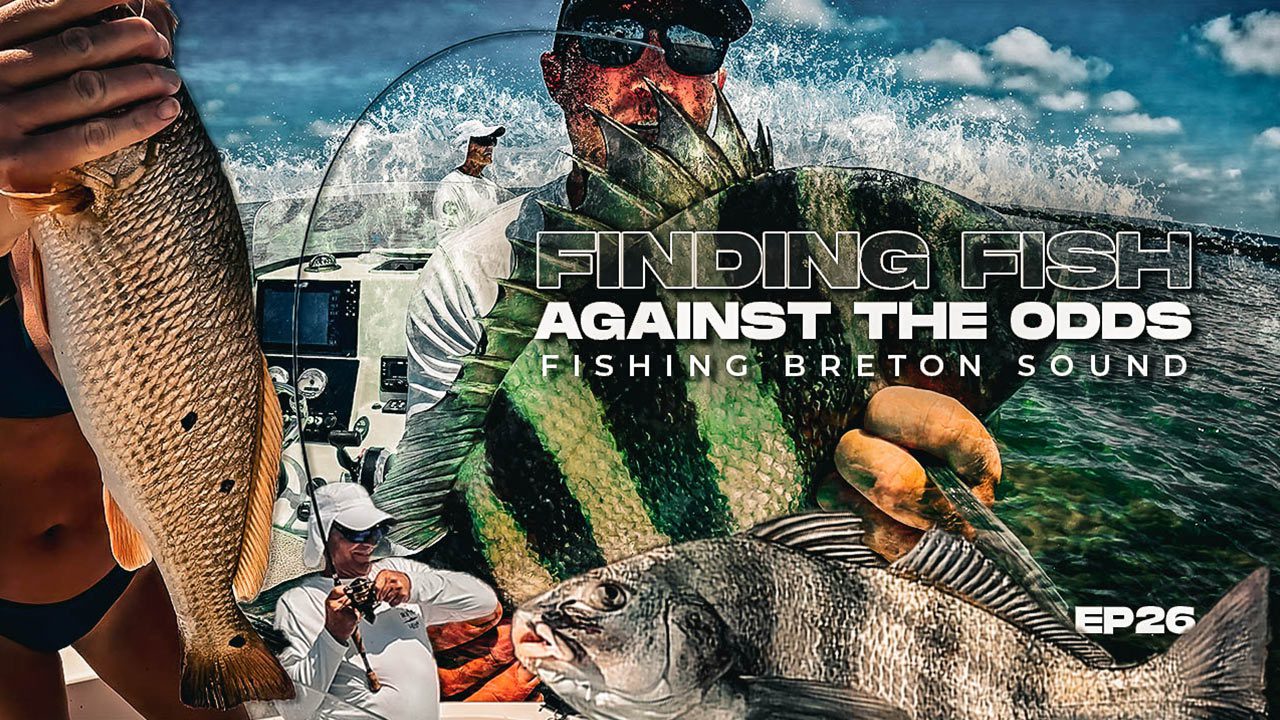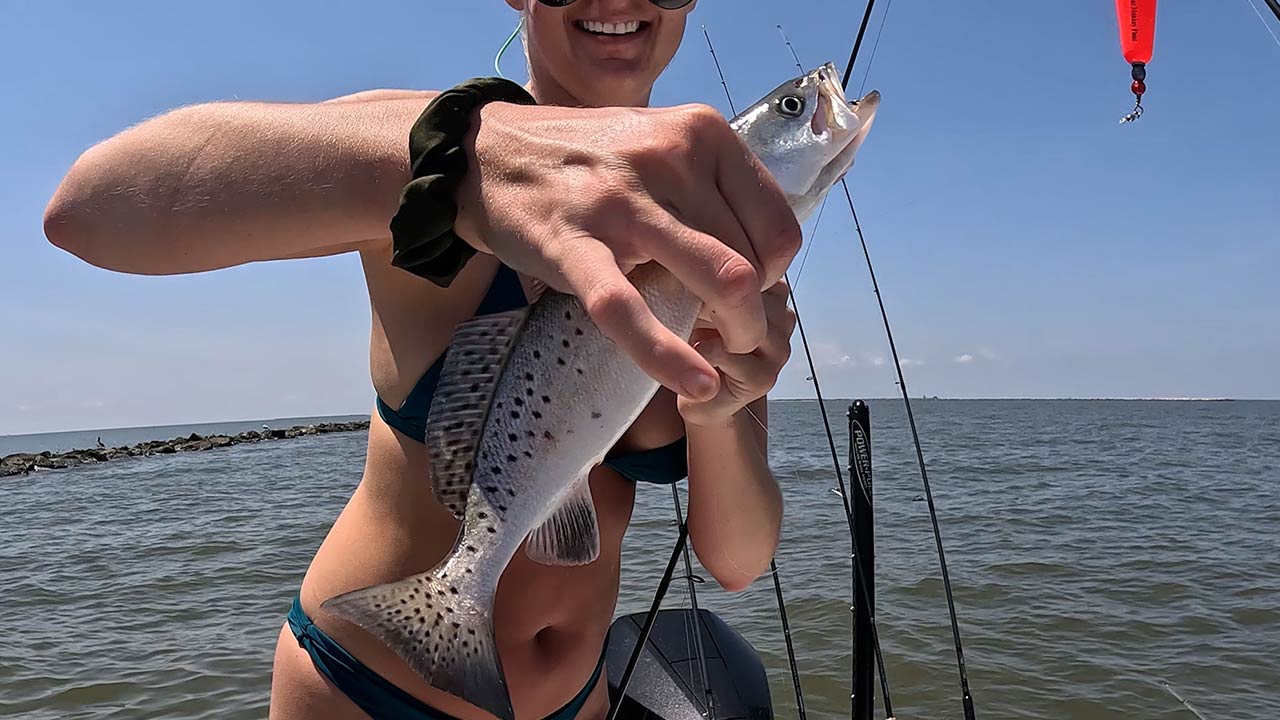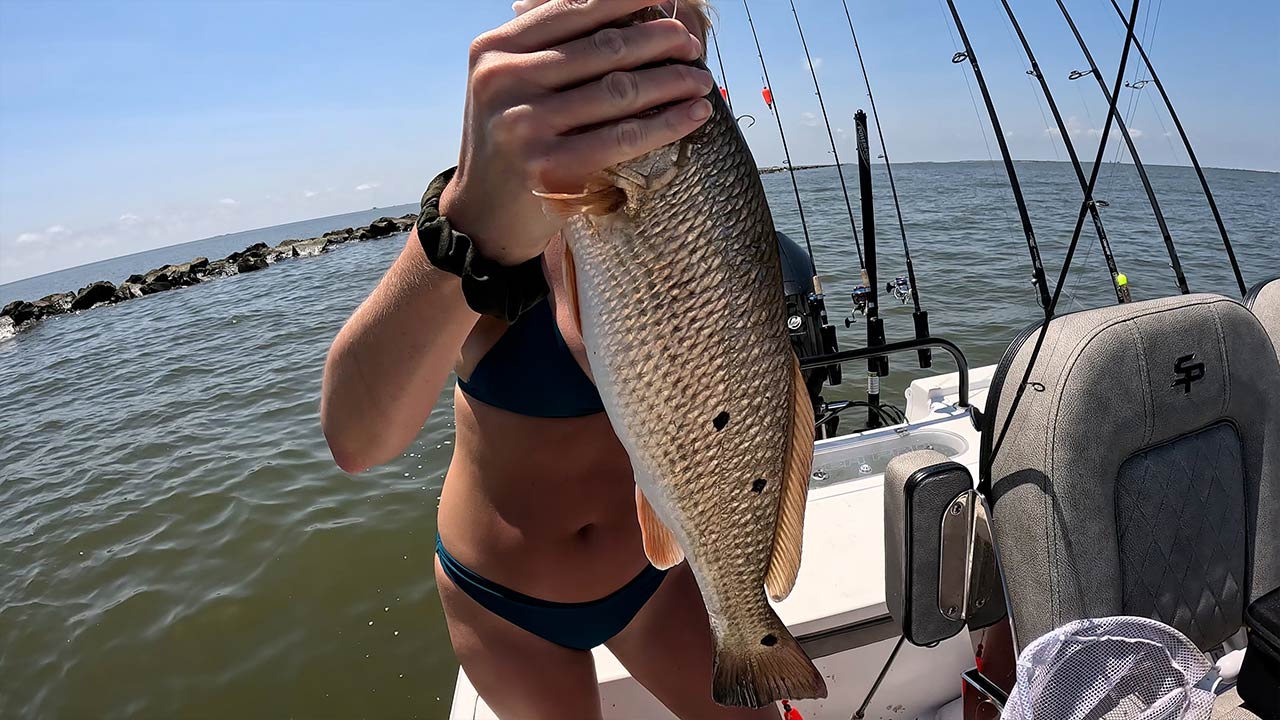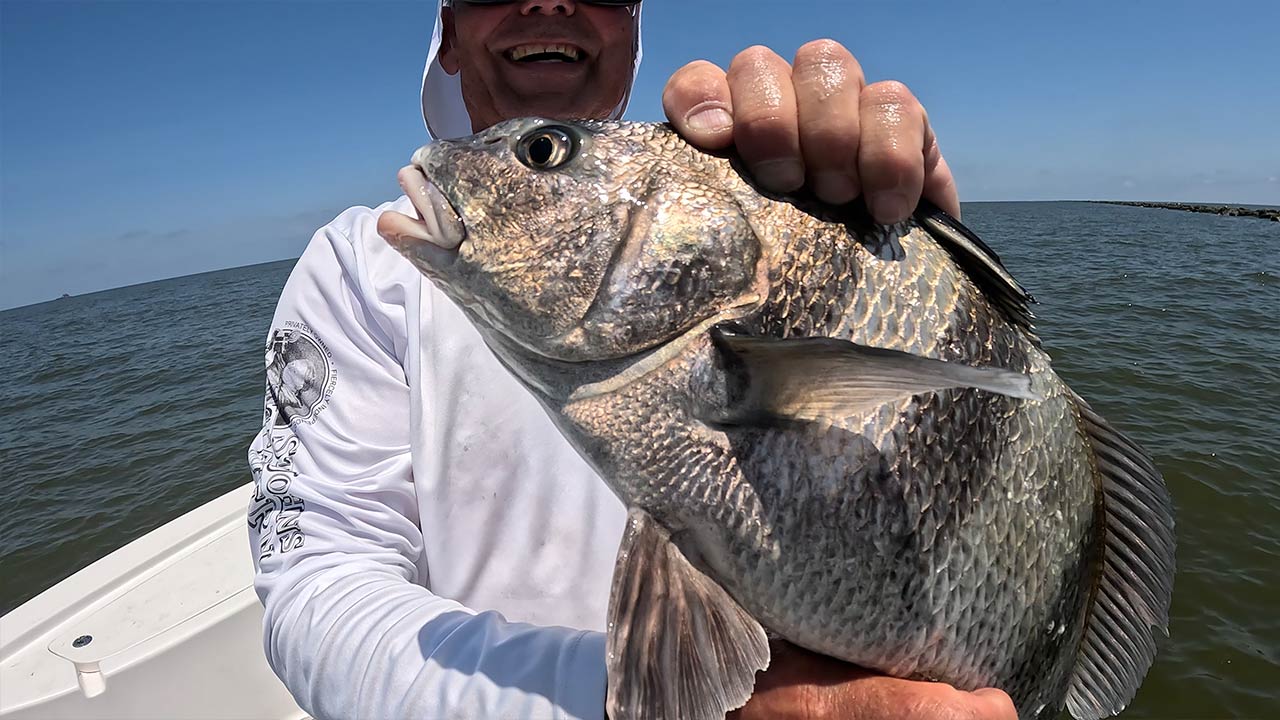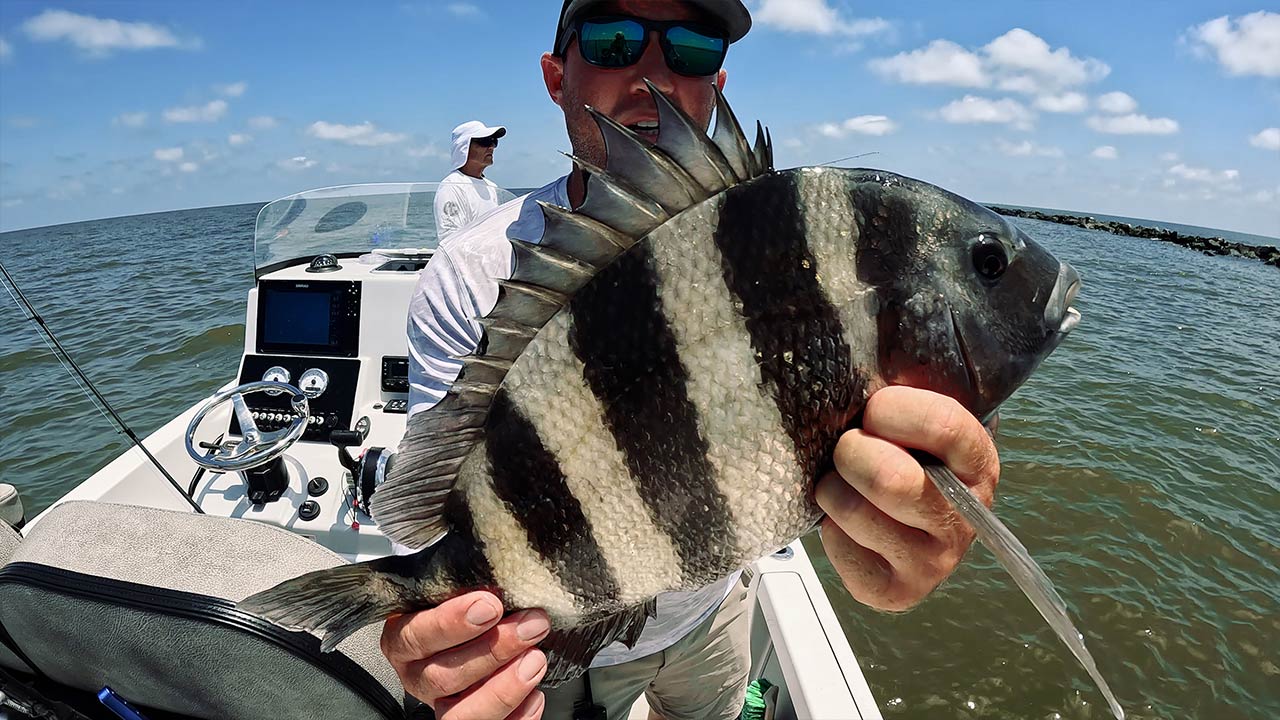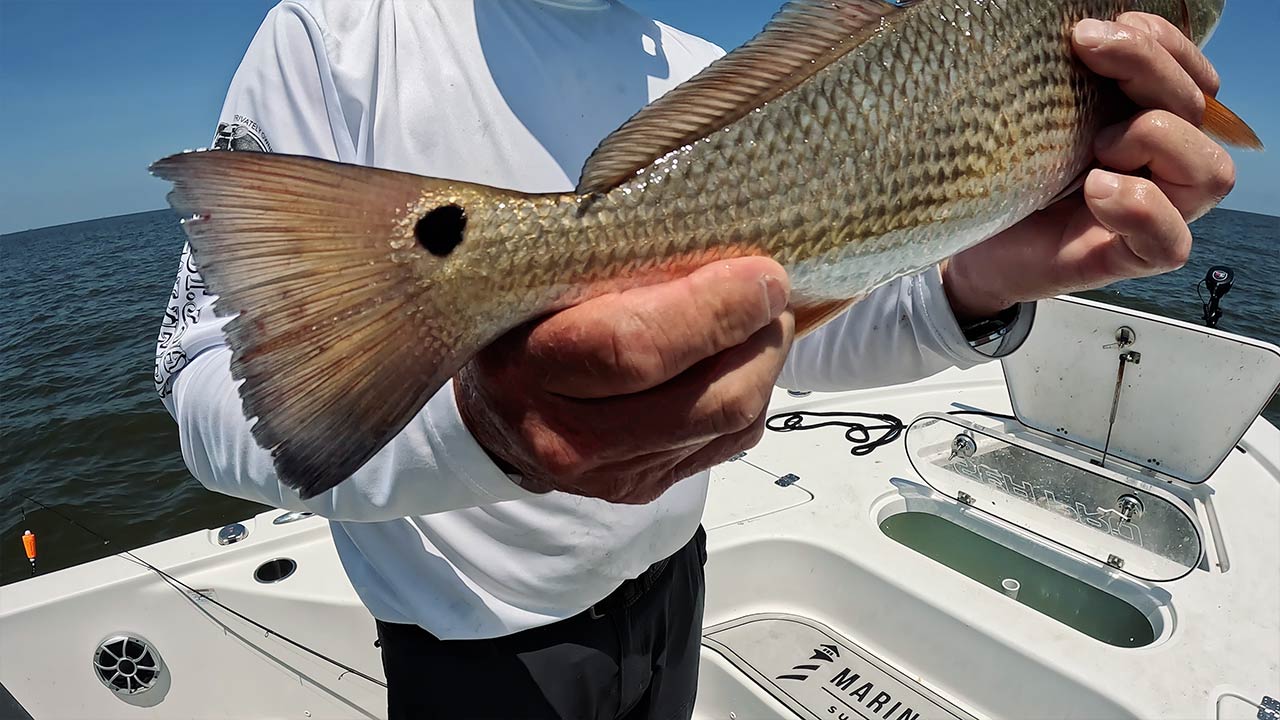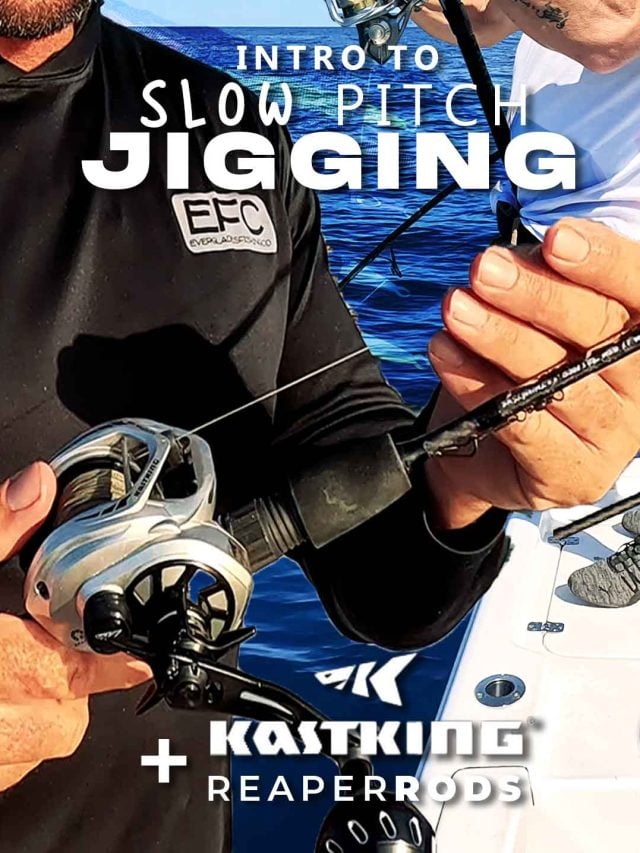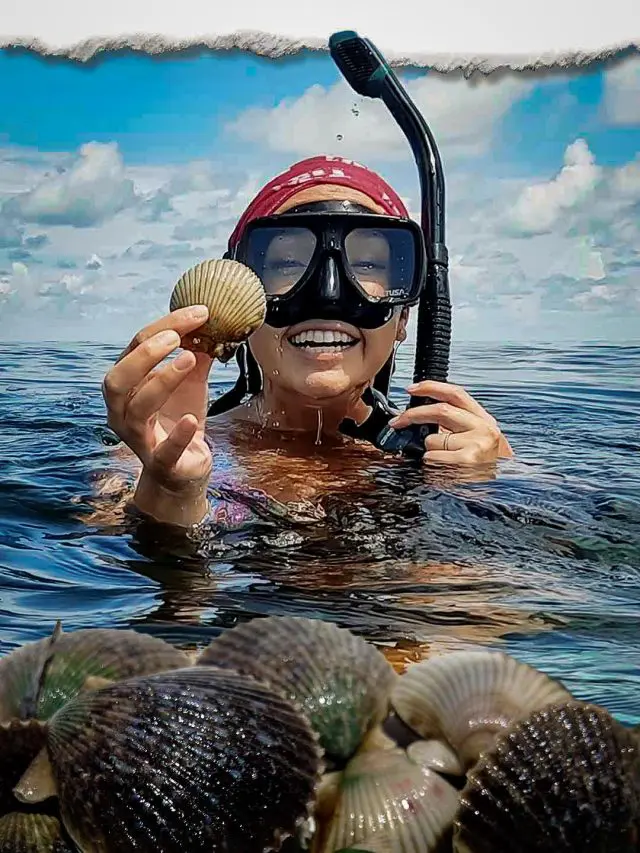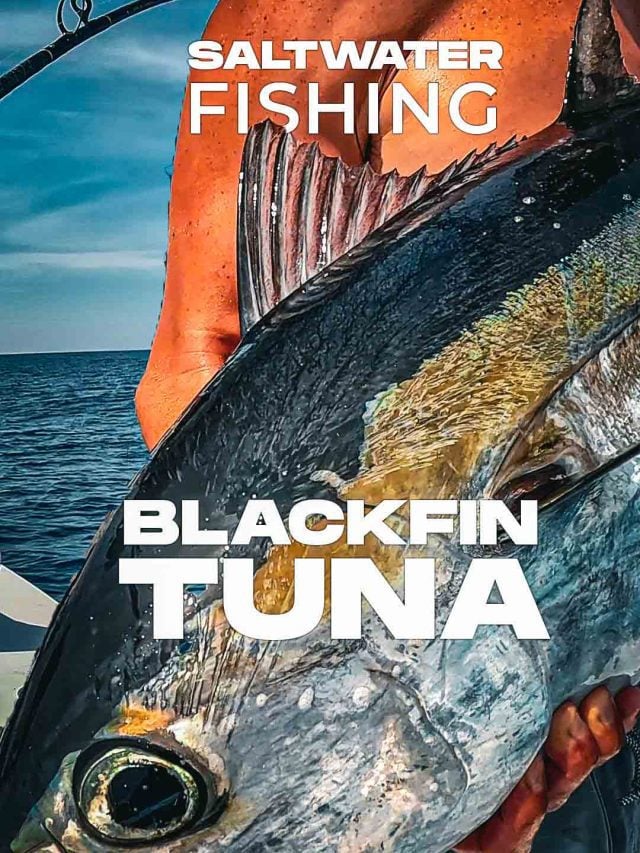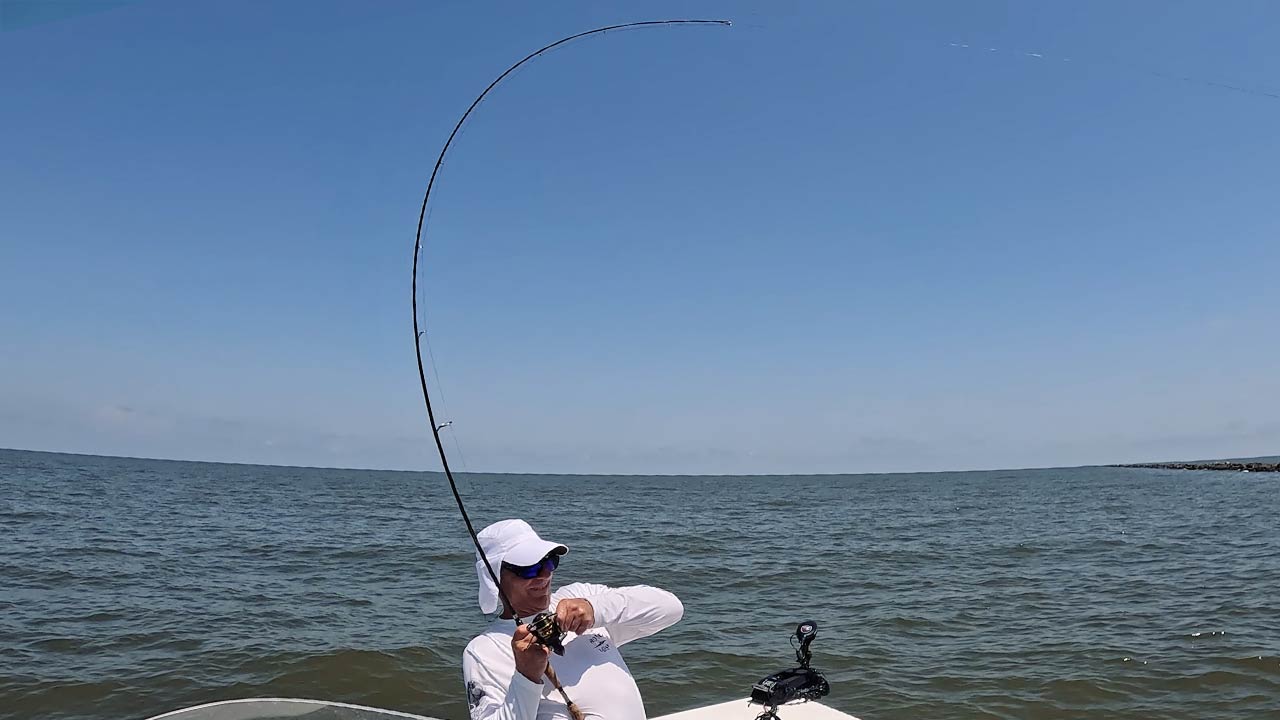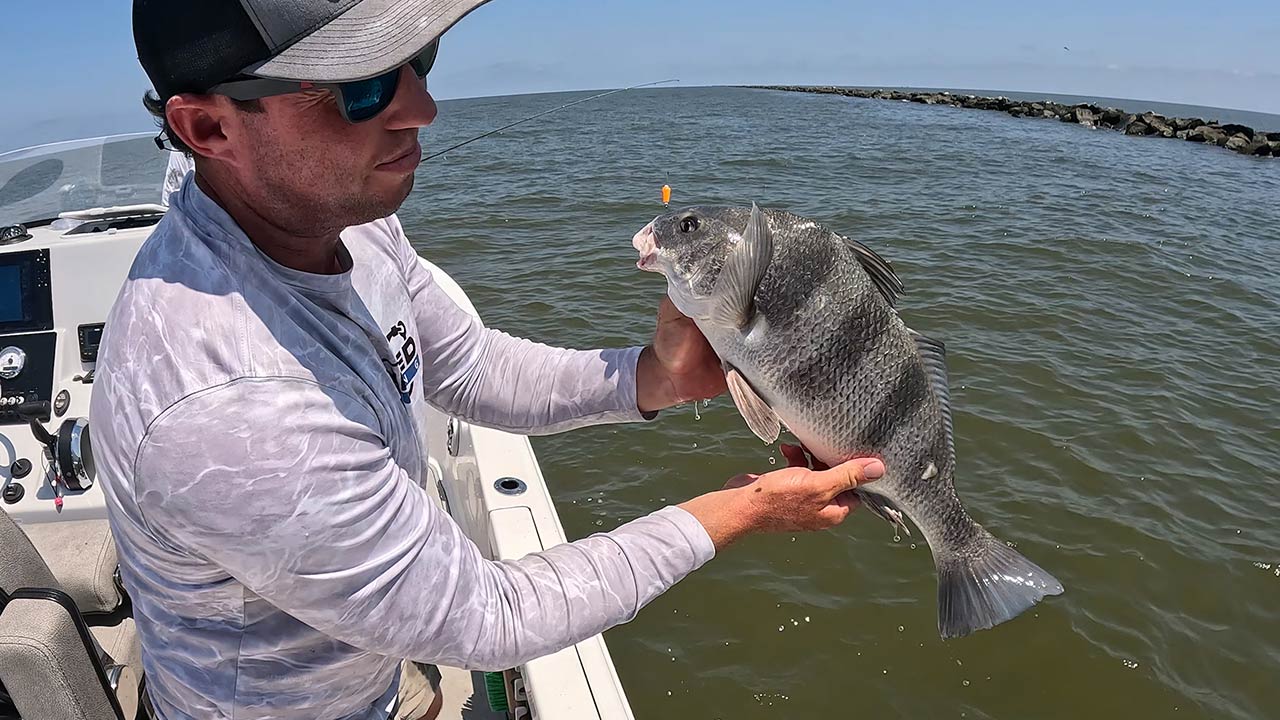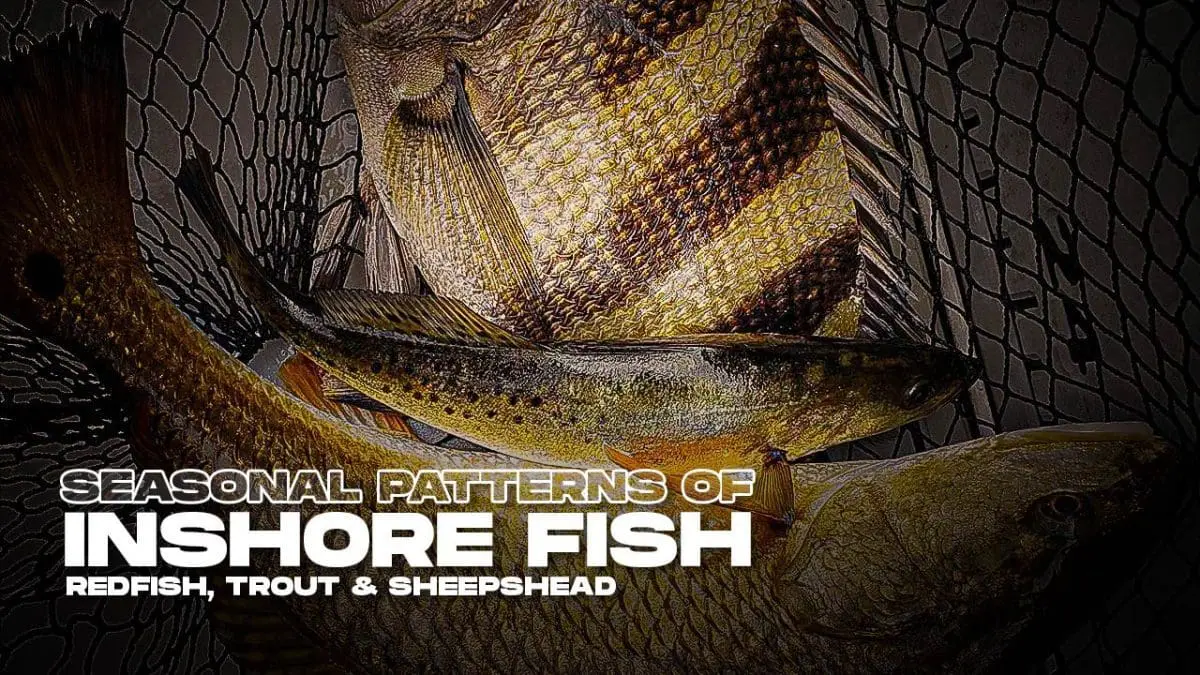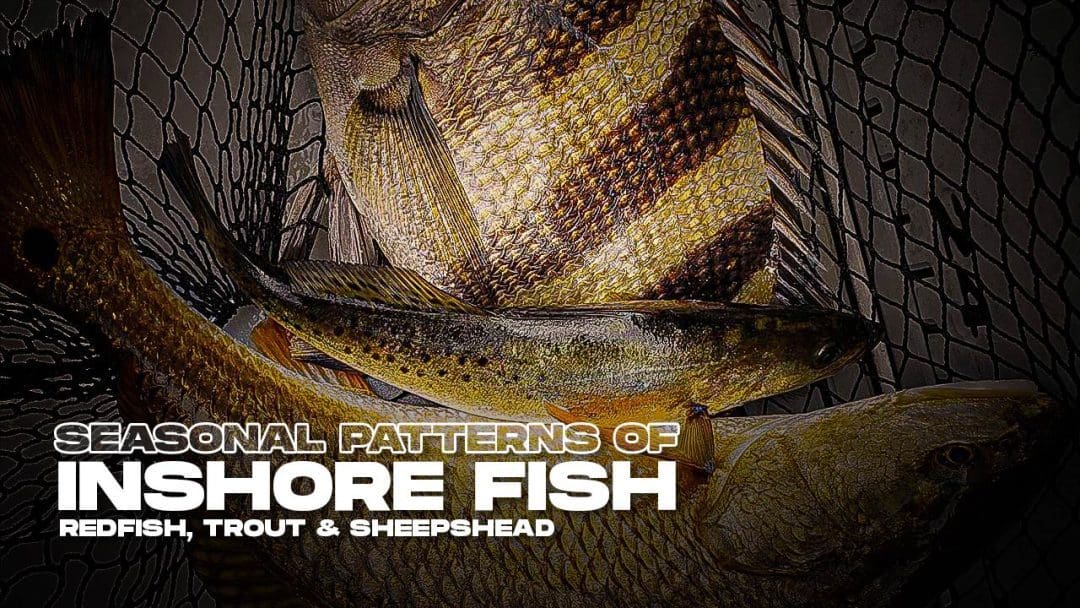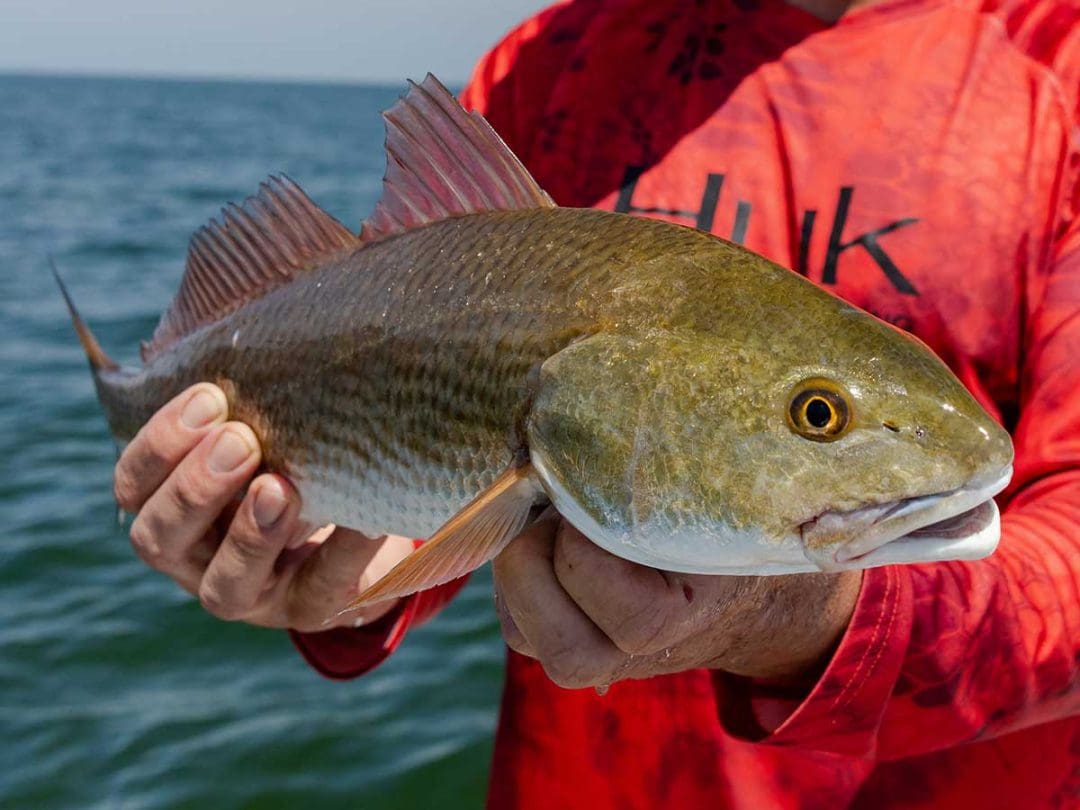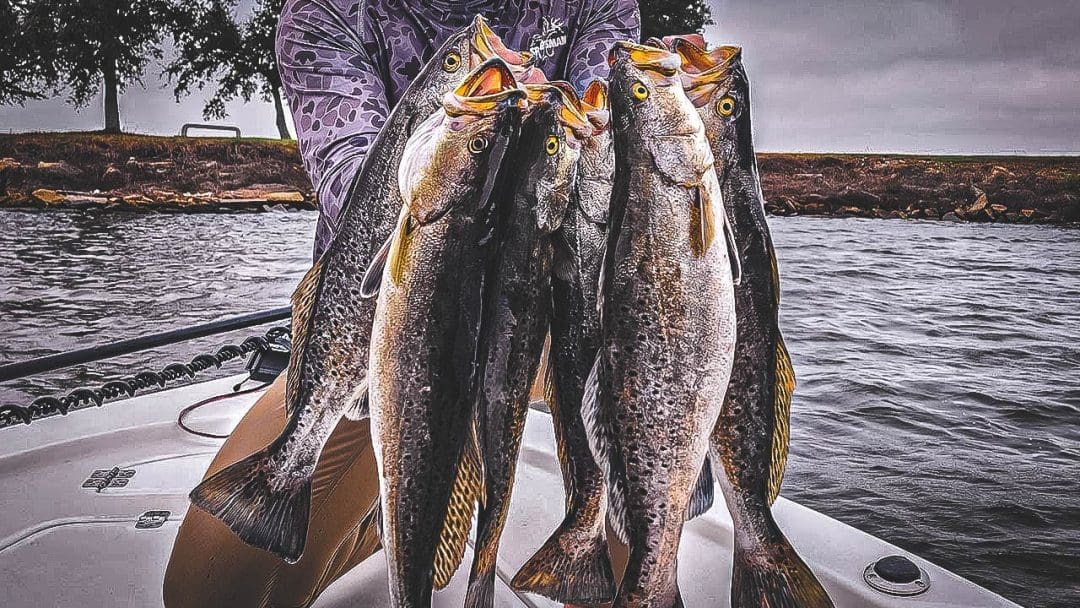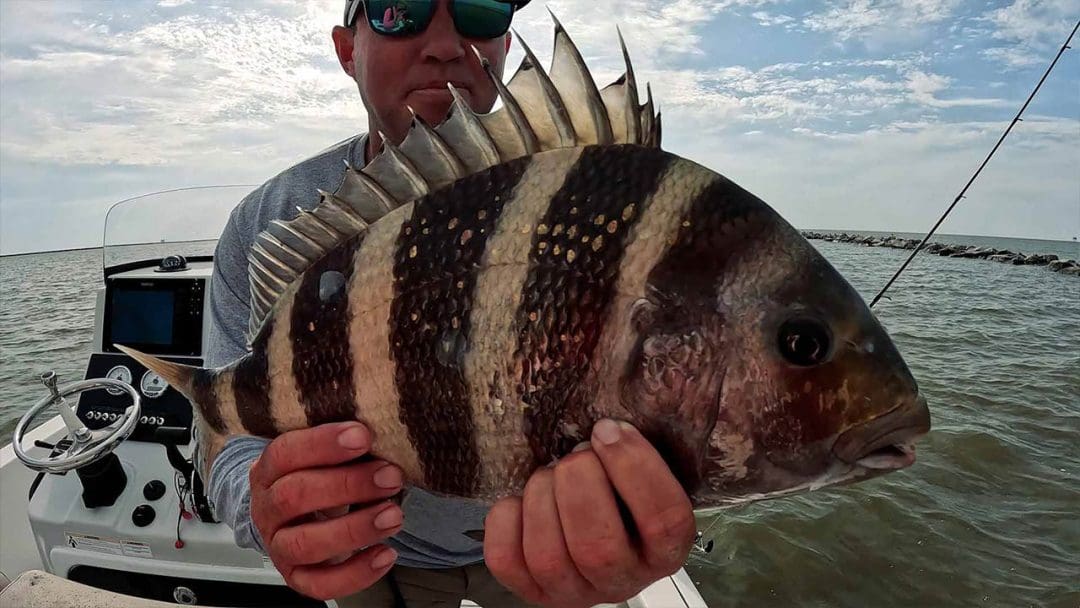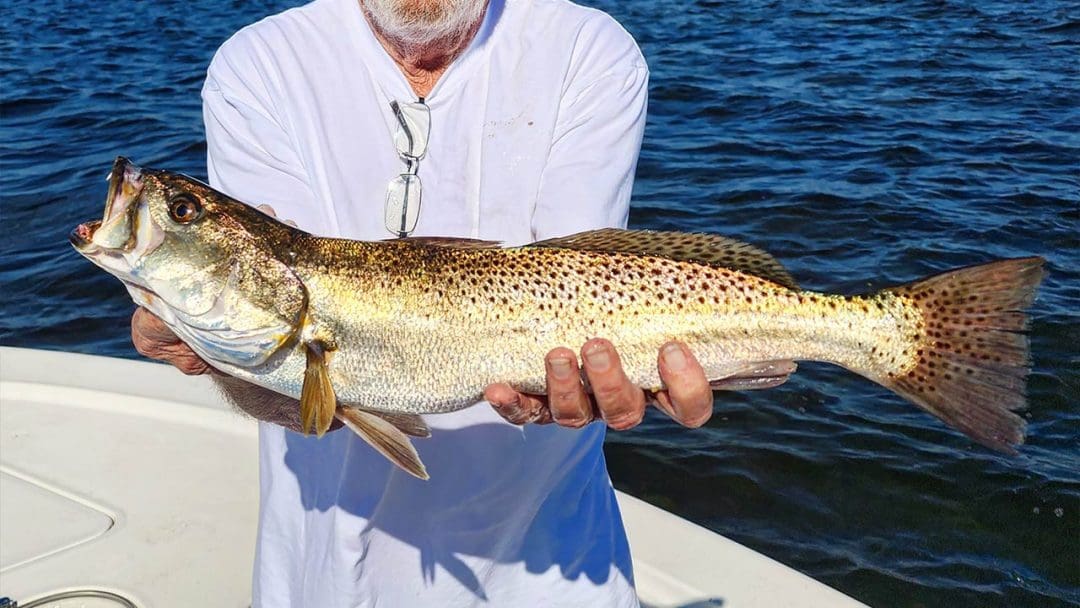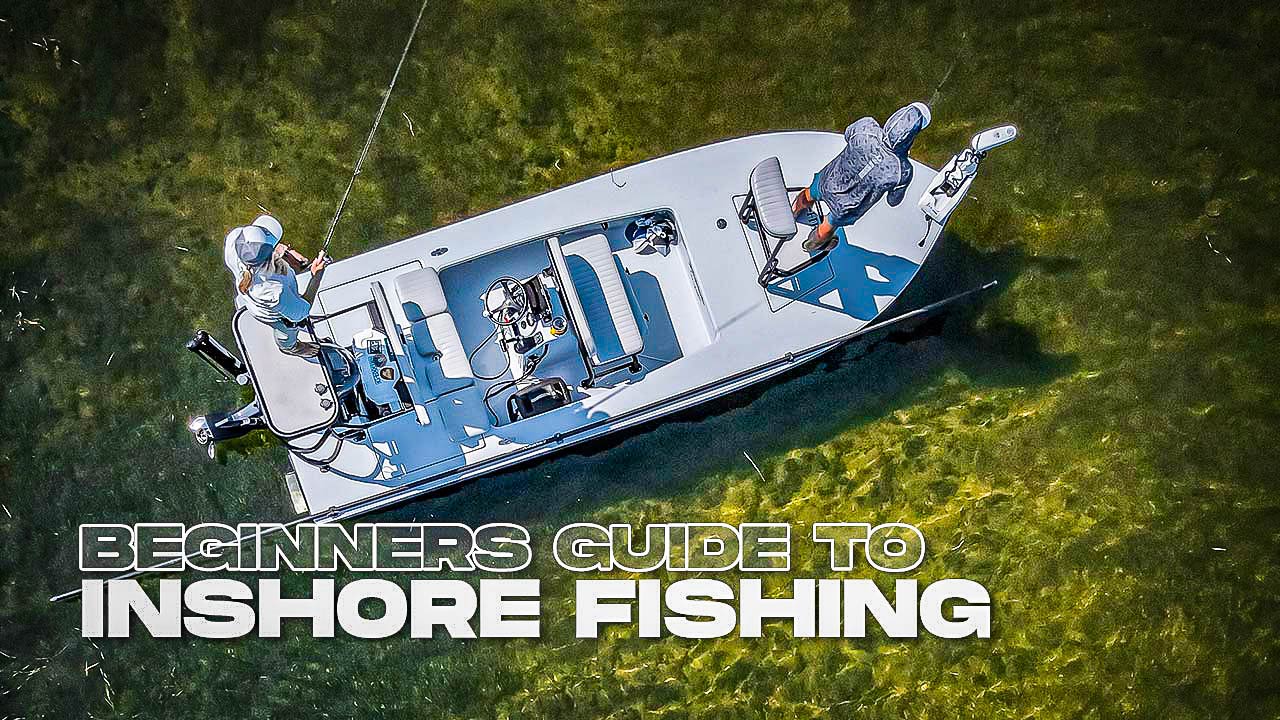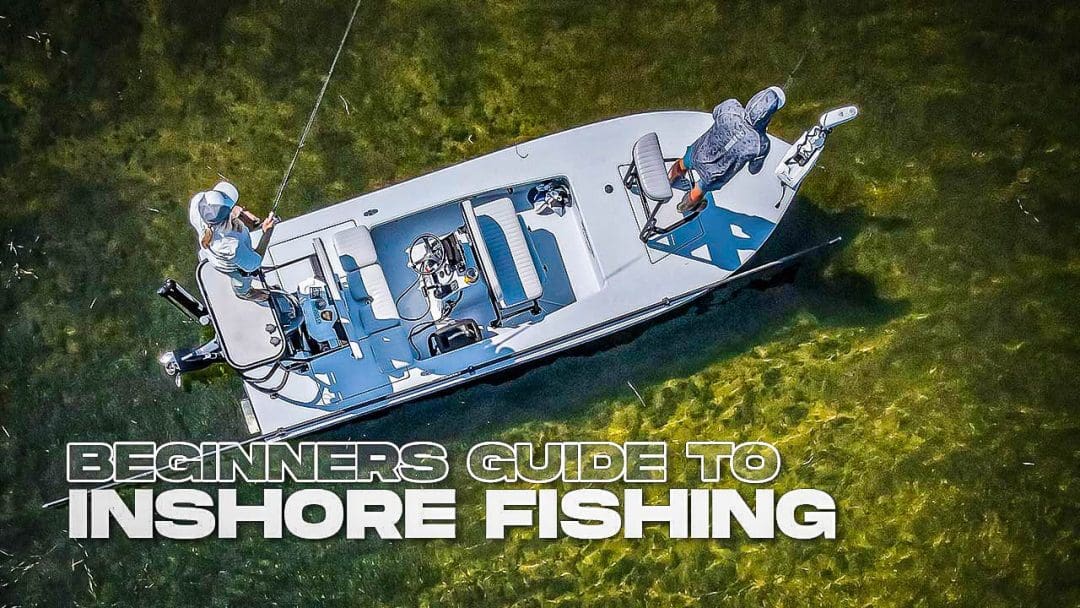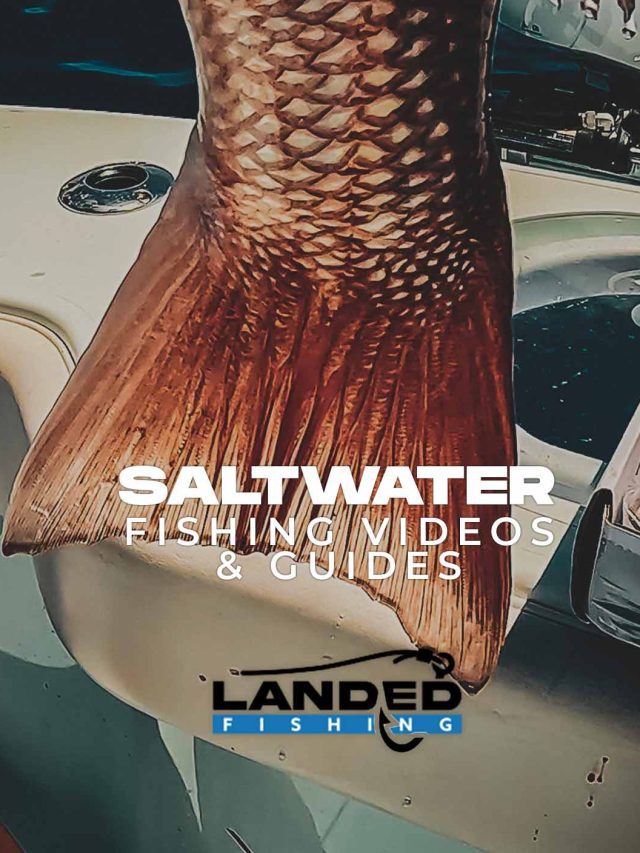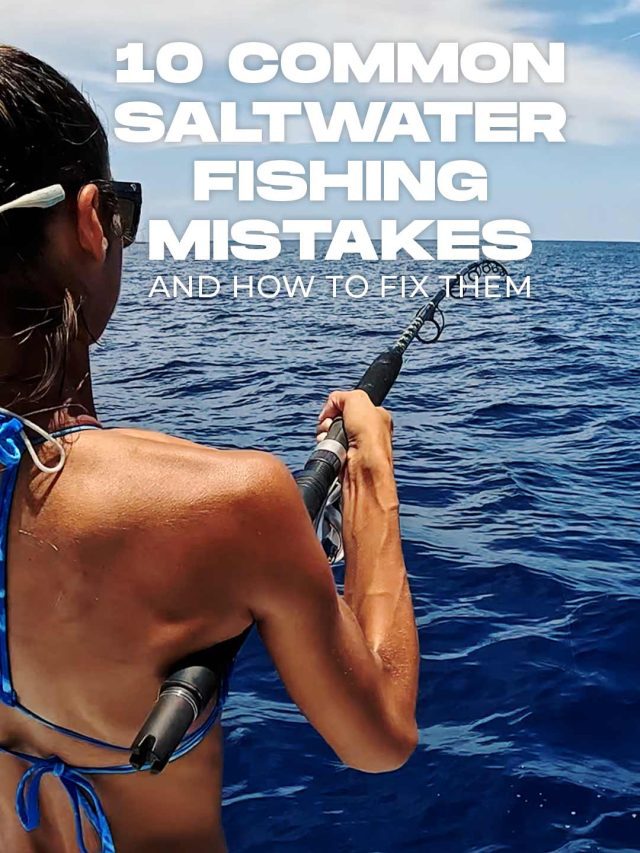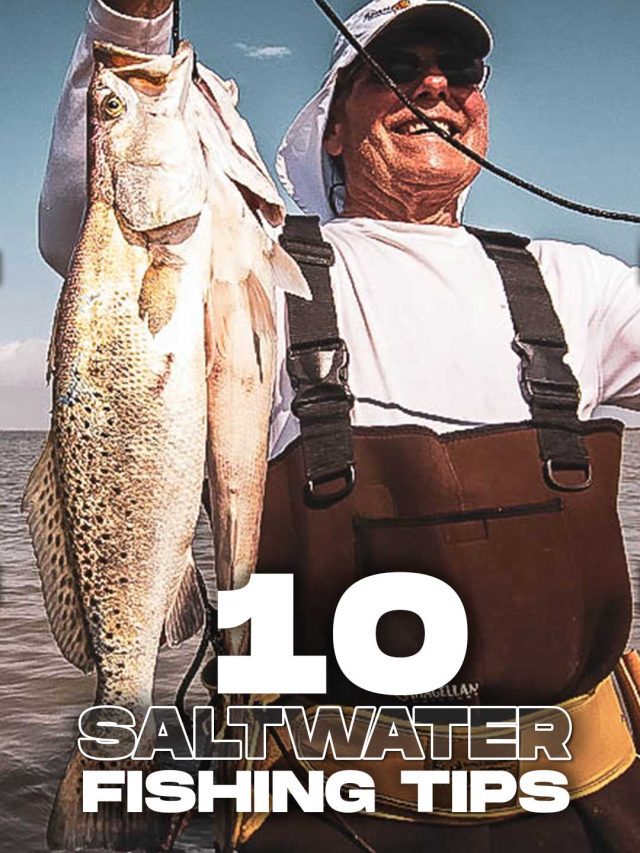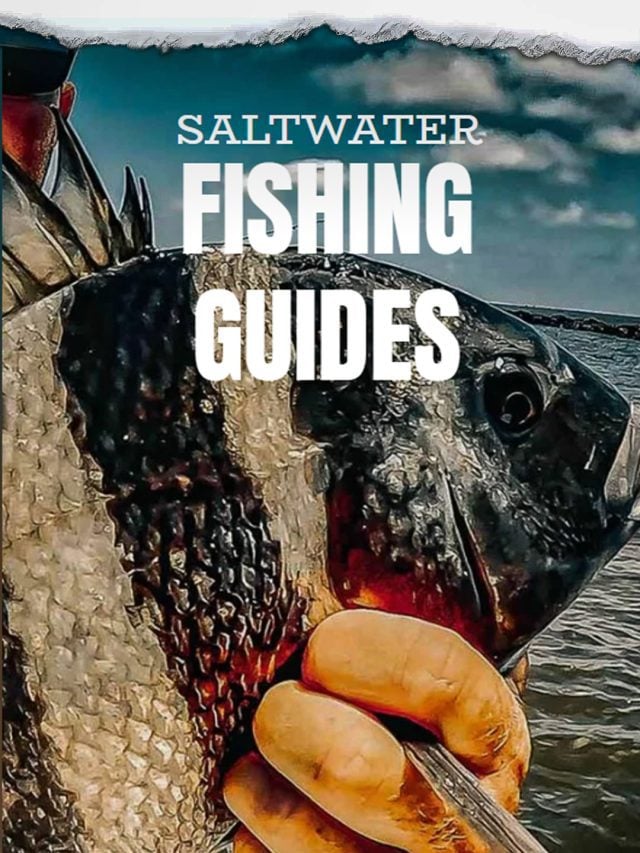Gulf of Mexico Fishing: We Explore and Fish Breton Sound, Island and Surrounding Marsh Areas in Search of Inshore Saltwater Fish
Fishing Breton Sound: A Paradise for Anglers in the Gulf of Mexico
Located in the Gulf of Mexico, Breton Island offers anglers a true paradise for fishing enthusiasts. With its diverse marine ecosystem and abundant fish species, it has become one of the top destinations for anglers seeking thrilling adventures and bountiful catches.
Finding Fish in the Gulf of Mexico
Discover the angler’s paradise nestled in the heart of the Gulf of Mexico – Breton Sound. With its diverse marine ecosystem and an array of popular inshore fish species, this fishing destination has captivated the hearts of fishing enthusiasts worldwide.
Watch Video: Breton Sound Fishing
Anglers flock to Breton Sound for its top-notch trout fishing, where speckled seatrout roam the seagrass beds and oyster reefs.
The area is also renowned for its redfish, drum, and sheepshead populations, providing thrilling battles and delectable catches. But what truly sets Breton Island apart is its adaptability to changing conditions, making it a dynamic and ever-enticing fishing experience. Join the ranks of successful anglers who have discovered the magic of Breton Island and create unforgettable memories in this Gulf Coast haven.
From trout and redfish to drum and sheepshead, this area boasts a wide range of popular inshore fish species. However, adapting to the ever-changing conditions plays a vital role in finding success.
Fishing Breton Sound: Gulf of Mexico
A Year-Round Angler’s Delight
Breton Island, located in the Gulf of Mexico, offers a year-round fishing experience that caters to anglers of all levels. Each season brings its own unique opportunities and challenges, ensuring that fishing enthusiasts are treated to a diverse and exciting angling adventure.
Breton Sound: Trout Fishing
Breton Island is renowned for its excellent trout fishing. The vast expanses of seagrass beds and oyster reefs provide a perfect habitat for speckled trout, also known as spotted seatrout. Anglers can target these elusive fish using artificial lures such as soft plastics, topwater plugs, and suspending baits. Early mornings and late afternoons tend to be the best time for trout fishing, as the fish are more active during these periods.
Breton Sound: Redfish Fishing
Another prized catch in the area is the redfish, also known as red drum. These powerful and aggressive fish can be found cruising the flats and marshes near Breton Island. Artificial lures like spoons, spinnerbaits, and soft plastics are effective in enticing these feisty fighters. In addition to their thrilling fight, redfish are also known for their delicious flesh, making them a favorite among anglers.
Breton Sound: Drum
Drum, including black drum and red drum, are abundant in the waters around Breton Island. These bottom-dwelling fish can often be found near structures such as oil rigs, pilings, and jetties. Using live or cut bait like shrimp or crab can be highly productive when targeting drum. They provide an excellent challenge and reward for anglers who enjoy the thrill of battling with powerful fish.
Breton Sound: Sheepshead
Sheepshead, a member of the porgy family, are also prevalent near Breton Island. These fish are known for their distinctive striped appearance and strong jaws, making them adept at stealing bait. Anglers often target sheepshead near oyster reefs, bridges, and other structures where they feed on crustaceans and small mollusks. A combination of patience and finesse is necessary when hooking these crafty fish.
While trout, redfish, drum, and sheepshead are among the most popular inshore species near Breton Island, the area offers a wealth of other fish species to target. Snook, flounder, Spanish mackerel, and pompano are just a few examples of the diverse range of catches anglers can expect.
Adaptability in Less than Ideal Conditions
Adapting to the conditions is crucial for angling success in the area. Factors such as tide, weather patterns, and water clarity can greatly impact fish behavior. Monitoring these variables and adjusting your fishing approach accordingly can make a significant difference.
For example, during periods of low tide, targeting deeper channels or areas with structure can yield better results. Additionally, being aware of seasonal patterns and migratory movements can help you pinpoint the most productive fishing spots.
Breton Sound Fishing by Season
Breton Sound: Spring Fishing
Spring marks the beginning of prime fishing season around Breton Island. As the waters warm up, speckled seatrout become more active, making it an ideal time to target these prized fish.
Anglers can find them near seagrass beds and oyster reefs, eagerly taking artificial lures and live bait. Redfish and sheepshead are also abundant during this season, providing thrilling battles and rewarding catches.
Breton Sound: Summer Fishing
Summer brings warmer temperatures and longer days, enticing a variety of fish species to roam the waters near Breton Island. Redfish continue to be a popular target, with their aggressive nature and impressive size.
The summer months also offer opportunities to catch flounder, Spanish mackerel, and pompano, adding to the excitement of the angling experience. Anglers can explore the deeper channels and structures where these fish seek refuge from the heat.
Breton Sound: Fall Fishing
As autumn arrives, the fishing scene near Breton Island undergoes a transformation. The cooling temperatures trigger the migration of many species, including speckled seatrout and redfish.
This season offers a fantastic chance to catch trophy-sized fish as they move closer to shore. The changing colors of the surrounding marshes and foliage add to the picturesque setting, making autumn a favorite time for many anglers.
Breton Sound: Winter Fishing
Winter brings its own set of challenges and rewards. While the water temperatures may drop, fishing around Breton Island remains fruitful.
Sheepshead, drum, and black drum become more prevalent during this season, often congregating around structures and pilings. Anglers who brave the cooler temperatures can be rewarded with excellent catches and a peaceful fishing experience in the tranquil winter surroundings.
Regardless of the season, adapting to the conditions plays a crucial role in finding success when fishing near Breton Island. Tides, weather patterns, and water clarity all influence fish behavior, requiring anglers to adjust their strategies accordingly.
Staying informed about seasonal patterns, migratory movements, and local fishing reports can significantly enhance the chances of landing that prized catch.
Breton Sound Year Round Fishing Opportunities
Breton Island’s year-round fishing opportunities, diverse fish species, and breathtaking natural surroundings make it an angler’s dream destination. Whether you prefer the thrill of battling redfish, the delicate finesse required for speckled seatrout, or the challenge of targeting other inshore species, Breton Island offers something for everyone. Pack your gear, adapt to the seasons, and get ready to create unforgettable fishing memories in this Gulf Coast haven.
A Fishing Trip to Remember in the Gulf of Mexico
Breton Island in the Gulf of Mexico provides an unrivaled fishing experience for anglers. Whether you’re pursuing trout, redfish, drum, sheepshead, or a myriad of other inshore species, the area offers ample opportunities for both novice and experienced anglers alike.
Remember, adapting to the ever-changing conditions is the key to finding success and creating unforgettable fishing memories in this angler’s paradise.
Explore the Latest from Landed Fishing
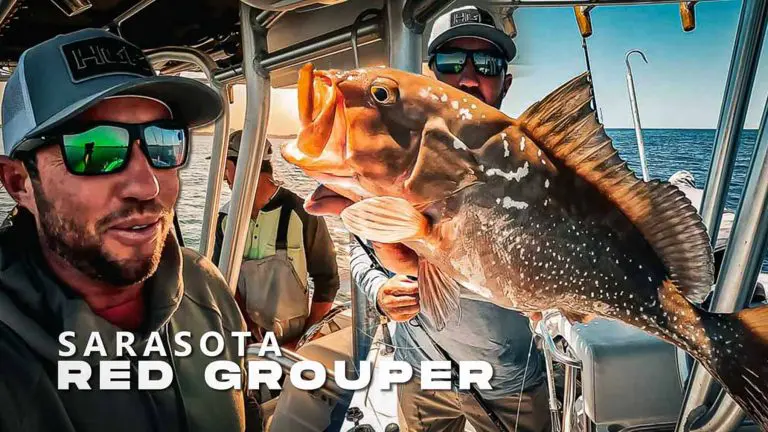
Techniques for Red Grouper: Sarasota Offshore Fishing As dawn breaks over Sarasota, Florida, Captain Shaw and Junior from the…
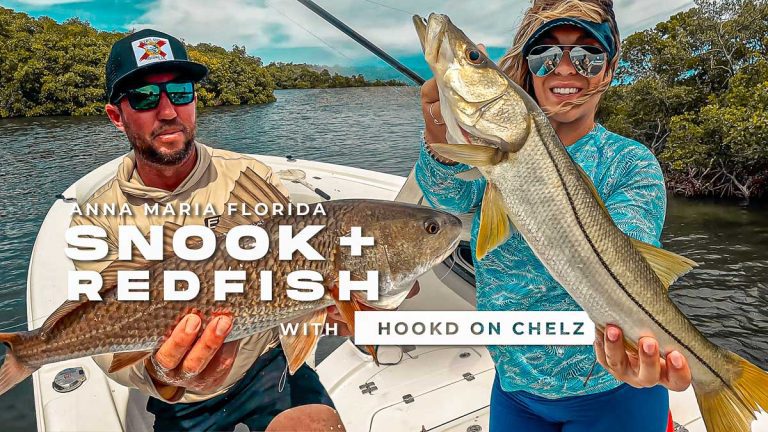
Anna Maria Island Redfish + Snook Anna Maria Island, nestled on Florida’s Gulf Coast, is not only a fishing…
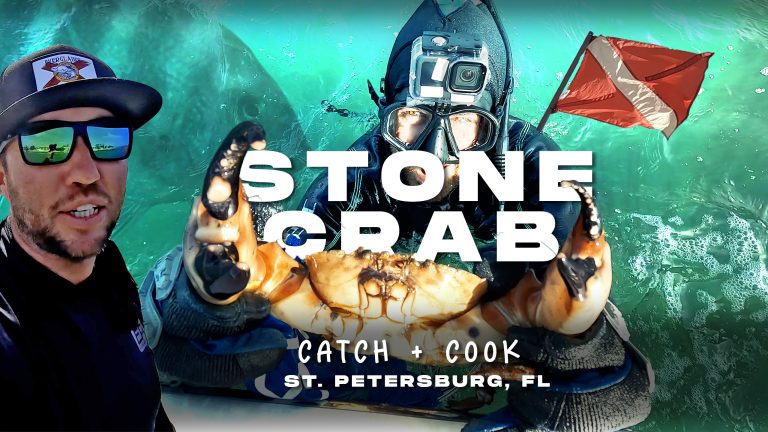
Catching Florida Stone Crab Claws Stone crabbing is not only an exhilarating water-bound adventure.

